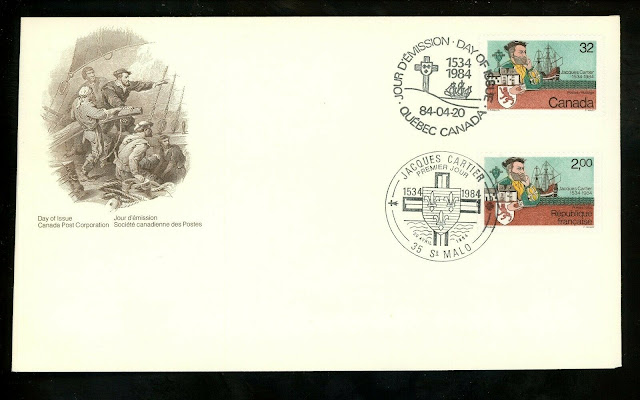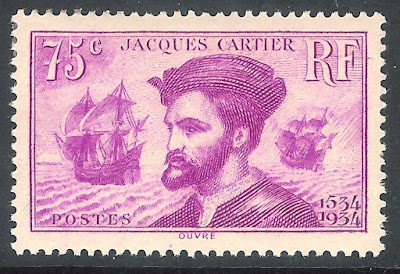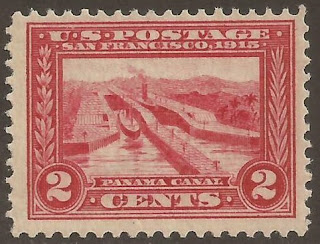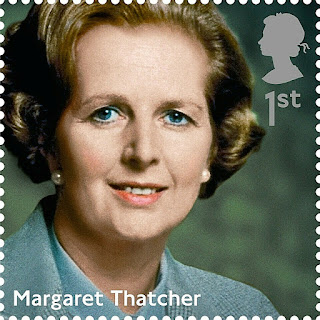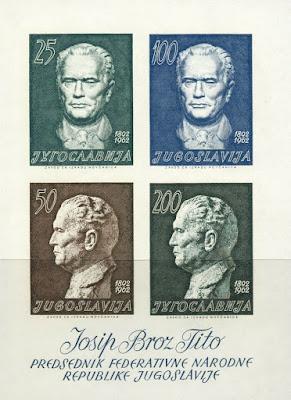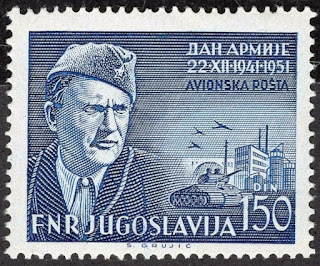Here are some events that happened on June 29th. It could be an event or a person that died or was born on that day
1534 – Jacques Cartier is the first European to reach Prince Edward Island.
Jacques Cartier (December 31, 1491 – September 1, 1557) was a Breton explorer who claimed what is now Canada for France. Jacques Cartier was the first European to describe and map the Gulf of Saint Lawrence and the shores of the Saint Lawrence River, which he named "The Country of Canadas", after the Iroquois names for the two big settlements he saw at Stadacona (Quebec City) and at Hochelaga (Montreal Island).
Some stamps and a First Day Cover from France and Canada depicting Jacques Cartier
1844 Born: Peter I of Serbia (d. 1921)
Peter I (Serbian Cyrillic: Петар I Карађорђевић, romanized: Petar I Кarađorđević; 11 July 1844 – 16 August 1921) reigned as the last king of Serbia (1903–1918) and as the first king of the Serbs, Croats and Slovenes (1918–1921). Since he was the king of Serbia during a period of great Serbian military success, he was remembered by the Serbian people as King Peter the Liberator, and also as Old King.
Peter was Karađorđe's grandson and third son of Persida Nenadović and Prince Alexander Karađorđević, who was forced to abdicate. Peter lived with his family in exile. He fought with the French Foreign Legion in the Franco-Prussian War. He joined as a volunteer under the alias Peter Mrkonjić in the Herzegovina Uprising (1875–77) against the Ottoman Empire.
He married Princess Zorka of Montenegro, daughter of King Nicholas, in 1883. She gave birth to his five children, including Prince Alexander. After the death of his father in 1885, Peter became head of the Karađorđević dynasty. After a military coup d'état and the murder of King Alexander I Obrenović in 1903, Peter became King of Serbia.
As king, he advocated a constitutional setup for the country and was famous for his libertarian politics. Rule of king Peter was marked with the great exercise of political liberties, freedom of the press, national, economical and cultural rise, and it is sometimes dubbed "golden" or "Periclean age".
King Peter was the supreme commander of the Serbian army in the Balkan wars. Because of his age, on 24 June 1914, he proclaimed his son, Alexander, heir-apparent to the throne, as regent. In the First World War he and his army retreated across the Principality of Albania.
Stamps from Serbia and Yugoslavia (Kingdom of S.H.S.) depicting Peter I of Serbia
1858 Born: George Washington Goethals, American general and engineer, co-designed the Panama Canal (d. 1928)
George Washington Goethals (June 29, 1858 – January 21, 1928) was a United States Army General and civil engineer, best known for his administration and supervision of the construction and the opening of the Panama Canal. He was the State Engineer of New Jersey and the Acting Quartermaster General of the United States Army
The Panama Canal (Spanish: Canal de Panamá) is an artificial 82 km (51 mi) waterway in Panama that connects the Atlantic Ocean with the Pacific Ocean. The canal cuts across the Isthmus of Panama and is a conduit for maritime trade. Canal locks are at each end to lift ships up to Gatun Lake, an artificial lake created to reduce the amount of excavation work required for the canal, 26 m (85 ft) above sea level, and then lower the ships at the other end. The original locks are 32.5 m (110 ft) wide. A third, wider lane of locks was constructed between September 2007 and May 2016. The expanded canal began commercial operation on June 26, 2016. The new locks allow transit of larger, neo-Panamax ships, capable of handling more cargo.
The construction of the Panama Canal is where the expression "Another Day, Another Dollar" comes from, as the workers were rumored to be paid a dollar a day for their
France began work on the canal in 1881, but stopped because of engineering problems and a high worker mortality rate. The United States took over the project in 1904 and opened the canal on August 15, 1914. One of the largest and most difficult engineering projects ever undertaken, the Panama Canal shortcut greatly reduced the time for ships to travel between the Atlantic and Pacific oceans, enabling them to avoid the lengthy, hazardous Cape Horn route around the southernmost tip of South America via the Drake Passage or Strait of Magellan and the even less popular route through the Arctic Archipelago and the Bering Strait.
Colombia, France, and later the United States controlled the territory surrounding the canal during construction. The US continued to control the canal and surrounding Panama Canal Zone until the 1977 Torrijos–Carter Treaties provided for handover to Panama. After a period of joint American–Panamanian control, in 1999, the canal was taken over by the Panamanian government. It is now managed and operated by the government-owned Panama Canal Authority.
Annual traffic has risen from about 1,000 ships in 1914, when the canal opened, to 14,702 vessels in 2008, for a total of 333.7 million Panama Canal/Universal Measurement System (PC/UMS) tons. By 2012, more than 815,000 vessels had passed through the canal. It takes 11.38 hours to pass through the Panama Canal.The American Society of Civil Engineers has ranked the Panama Canal one of the seven wonders of the modern world
Various stamps depicting the Panama Canal
